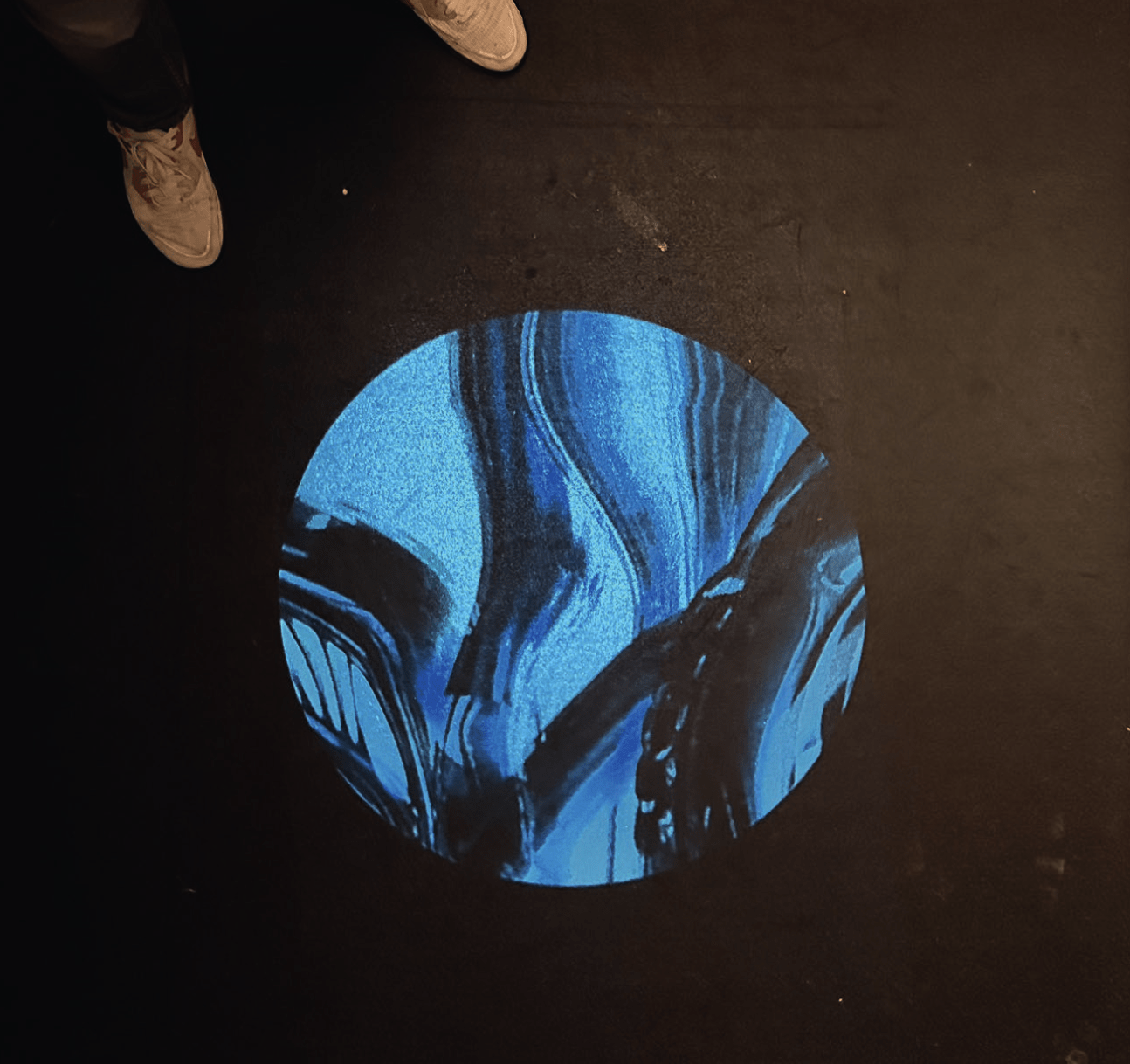To cohabitate with algorithms and living environments requires new conceptual models of space—new models that transgress binary oppositions, able to reflect the multi‐layered and interconnected coexistence of the digital and the physical, and the living and non‐living beyond their distinction. Binary oppositions usually are defined as the relationship between the members of a pair of elements, as a pair of distinguishing features, such that one is the absence of the other, like voicelessness and voice, or that one is at the opposite pole of the other, like sharpness and softness. The present text criticises in particular the binary opposition of digital and physical in worldviews that treat the online and offline as separate entities. It can be said that in a digital society, the human body and its senses are complemented by data and how data is processed based on algorithms, as technology has always affected the transformation and social structure of society. Phones and computers serve as digital extensions of the human body, operating as prosthetic devices that rely on algorithms and real‐time networking to function. The intricate communication between these prostheses, enabled by computer scientists and programmers, often transcends comprehension. Navigating a positive future with the algorithms that shape human lives necessitates adherence to humanistic principles and ethical considerations. Still, human behaviour tends to adapt to the ways of communication put forward by these prostheses—as adaptation, of course, is a core human ability. Although the majority of users do not understand these prosthesis conversations, they are nevertheless employed on a daily basis and shape everyday perceived realities; although, in this text, it is not the explanation of the concept of reality/realities, but that of locality: i.e. the place in which human data actually is and how it travels, and ultimately the space it generates, argued from an architectural perspective that intends to free itself from inherited conventions while focussing on the very practice of articulating space.
LINK TO PAPER ON RESEARCH GATE

